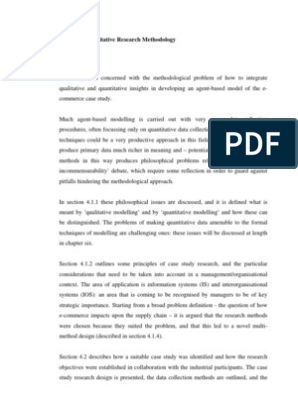100% found this document useful (2 votes)
3K views10 pagesCre Sample Exam 1
This document provides a sample exam for Certified Reliability Engineer (CRE) certification. The exam contains 36 multiple choice questions testing knowledge of reliability engineering topics like failure analysis, reliability modeling, experimental design, statistics, and product development. Correct answers are not provided.
Uploaded by
Karthik SureshCopyright
© © All Rights Reserved
We take content rights seriously. If you suspect this is your content, claim it here.
Available Formats
Download as PDF, TXT or read online on Scribd
100% found this document useful (2 votes)
3K views10 pagesCre Sample Exam 1
This document provides a sample exam for Certified Reliability Engineer (CRE) certification. The exam contains 36 multiple choice questions testing knowledge of reliability engineering topics like failure analysis, reliability modeling, experimental design, statistics, and product development. Correct answers are not provided.
Uploaded by
Karthik SureshCopyright
© © All Rights Reserved
We take content rights seriously. If you suspect this is your content, claim it here.
Available Formats
Download as PDF, TXT or read online on Scribd
/ 10
























































































